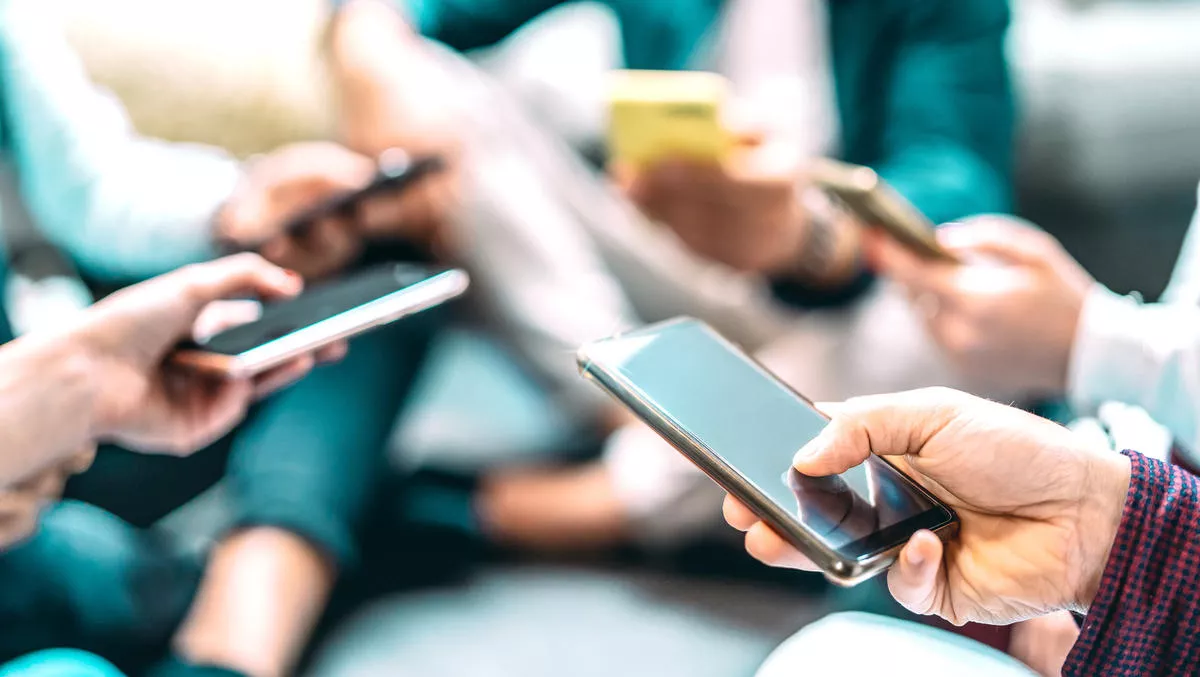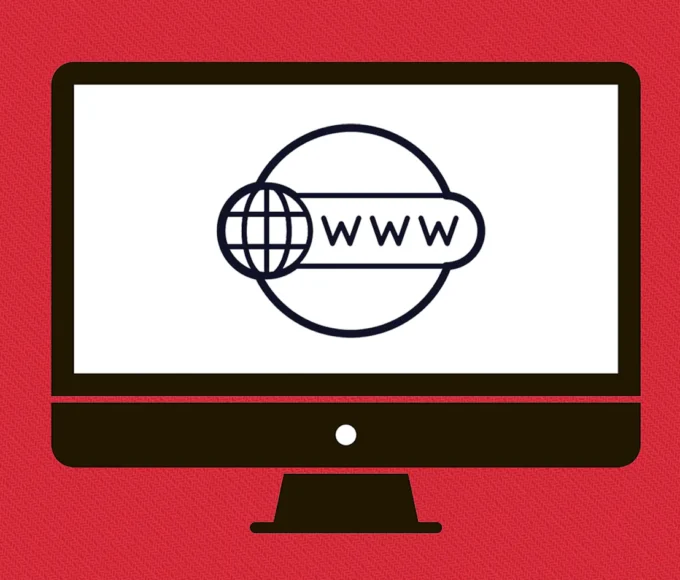Smartphones are phenomenal tools, but their design can pull attention, hijack mood, and chip away at energy in ways that are easy to miss until performance, sleep, or relationships start to slip. What looks like “just checking” often becomes a habit loop—cue, craving, swipe, reward—that repeats all day and especially at night.
What “addiction” means here
Clinical bodies don’t officially diagnose “smartphone addiction” as a single disorder, but the pattern fits a behavioral addiction model: repetitive use despite harm, loss of control, cravings and urges, and withdrawal‑like irritability when access is blocked. In practice, it looks like reflexive checking, failed cutbacks, and use that displaces sleep, work, or in‑person connection. The mechanism is simple but potent: unpredictable rewards (the next post might be great), social validation (likes, comments), and zero friction (infinite scroll, autoplay) wire the habit loop fast.
How your phone captures attention
- Variable rewards: Not every swipe pays off, which makes the next one harder to resist.
- Infinite scroll and autoplay: Fewer stopping points mean fewer chances to opt out.
- Notifications and badges: Bright red indicators weaponize curiosity and loss aversion.
- Personalization: Feeds learn micro‑signals—pauses, rewatches—then serve more of what keeps eyes on the screen.
Designers aren’t evil; they optimize engagement. But engagement isn’t the same as well‑being, and that gap is where harm accumulates.
Mental health costs you can feel
- Anxiety and low mood: Heavy, compulsive phone and social media use correlates with higher rates of anxiety, depression, and loneliness, especially when feeds amplify social comparison and outrage cycles.
- FOMO and “reassurance seeking”: Constant checking reduces discomfort for a moment and then makes it worse, creating a loop of short‑term relief and long‑term stress.
- Emotional volatility: Rapid context shifts—funny, scary, infuriating—swing mood and make calm harder to access later.
If the phone is the go‑to regulator for boredom, awkwardness, or stress, it gradually dulls other coping tools like conversation, movement, and solitude.
Cognitive drag: the hidden tax on your best work
- Broken focus: Every buzz or glance leaves “attentional residue,” so deep tasks take longer and feel harder.
- Working memory overload: Rapid micro‑novelty trains the brain to expect the next hit, making sustained thinking feel uncomfortable.
- Creativity dampening: The quiet, slightly bored moments where novel ideas emerge get filled with low‑grade stimulation.
Even when notifications are off, a phone on the desk measurably reduces cognitive performance; the mind allocates energy to resisting temptation.
Sleep: where small choices have big consequences
- Blue light suppresses melatonin, delaying sleep onset and reducing sleep quality.
- Bedtime procrastination: Short videos and endless feeds stretch “five minutes” into forty‑five.
- Fragmented nights: Late‑night stressors (news, DMs) raise arousal and wake‑after‑sleep onset.
Chronic sleep loss accumulates quickly: next‑day mood sinks, impulse control drops, and the phone loop tightens because willpower is tired.
Physical strain that sneaks up on you
- Text neck and posture pain: Head‑forward tilt adds dozens of pounds of effective load to the neck and upper back.
- Eyestrain: Prolonged close focus, especially in low light, triggers headaches and dry eyes.
- Sedentary time: Long, still sessions reduce incidental movement, affecting energy and metabolic health over time.
These aren’t “just annoyances.” They reduce training consistency, recovery, and baseline vitality.
Relationships and work: the slow erosion
- Phubbing: Checking during conversations signals “elsewhere is more important,” lowering warmth and trust.
- Work–life bleed: Phones extend the office into the evening; “just one email” becomes an hour of reactive effort.
- Parenting spillovers: Kids mirror adult screen behavior; if the phone wins most evenings, so will theirs.
Connection doesn’t require quitting screens, but it does require boundaries that feel real in the moment.
Who’s most at risk (and why)
- Teens and young adults: High sensitivity to social reward plus unfinished self‑regulation circuitry make loops tighter and harder to break.
- People with anxiety, ADHD, or low mood: The phone works as a quick regulator—temporarily—while deepening the underlying issue.
- Night owls and shift workers: Late‑night usage magnifies sleep disruption and next‑day cravings for easy dopamine.
Knowing the risk doesn’t fix it, but it does justify stronger defaults and more deliberate routines.
A 10‑step reset that actually works
- Audit reality: Check Screen Time/ Digital Wellbeing for 7 days. Note top 3 apps, after‑10‑pm minutes, and pickups per day.
- Decide a bedtime boundary: Phones out of the bedroom or on a far shelf; charge elsewhere if possible.
- Kill the “slot machine”: Turn off all notifications except calls from favorites and truly critical apps. Remove red badges.
- Add friction: Move social apps off the home screen and out of the dock. Use a 6‑digit Screen Time/Focus code someone else sets.
- Time‑box the sticky stuff: 20–30 minutes/day per “infinite” app. Use app timers plus a physical timer on the desk.
- Swap the first and last 30 minutes: Mornings for movement, sunlight, or one page of a book; nights for a wind‑down routine (stretching, notes, paper book).
- Create “Focus islands”: 50–90‑minute work blocks with Focus mode on, phone out of sight, and one written task goal.
- Make boredom useful: Pre‑load offline alternatives—podcasts, long reads, playlists—so lines and commutes don’t default to doomscrolling.
- Rewrite triggers: Identify the top three cues (stress, pauses, bed). Pair each with a short replacement ritual (box breath, 10 squats, write one line).
- Keep score weekly: Track sleep duration, daily minutes on your top app, mood before/after sessions, and the number of device‑free meals. Adjust one lever each week.
Turn your phone into a tool again
- Home screen as intention: First page = calendar, tasks, notes, camera; second page = utilities; social on page three.
- Focus modes that stick: Work (only work apps + VIP calls), Family (messaging + camera), Sleep (alarms only). Tie to schedules and locations.
- Summarized notifications: Deliver non‑urgent alerts in scheduled bundles at 12:30 and 6:30 instead of drip‑feeding all day.
- Greyscale at night: Color off reduces the “candy” effect of thumbnails and games.
- Friction apps: Install blockers that require a 20‑second hold or a typed reason to open certain apps.
- Intentional follows: Cull feeds to 50–100 high‑value accounts; mute the rest. Like/save only what you want more of—the model learns from signals.
For parents and caregivers
- Family pairing and kid profiles: Use built‑in tools for app limits, content filters, and downtime.
- Shared rules: Devices dock outside bedrooms; no phones at dinner; a weekend “off‑grid” block for everyone.
- Teach the algorithm: Show kids how to mark “Not interested,” block, and report; talk about social comparison and ads.
- Model visibly: Kids copy what adults do more than what adults say—keep your own bedtime boundary.
For teams and managers
- Declare response norms: No expectation to answer after hours; use scheduled send.
- Meeting hygiene: Laptops and phones closed unless needed; one note‑taker shares afterward.
- Channel design: Separate urgent from FYI; offload chatter from primary channels to reduce ambient anxiety.
- Calendar guards: Protect two deep‑work blocks per day; celebrate output, not online presence.
When to get extra help
- Cutting back fails repeatedly, and usage is harming work, school, or relationships.
- Anxiety, depression, or sleep problems persist despite lifestyle changes.
- You use the phone to blunt distress from trauma, grief, or panic.
Cognitive behavioral therapy, sleep therapy, or coaching can address the roots (thought patterns, sleep hygiene, coping skills) so the phone is no longer the main regulator.
Conclusion
Smartphone addiction isn’t a moral failing; it’s a predictable outcome of persuasive design meeting human wiring. The costs—fractured attention, anxious mood, shallow sleep, strained relationships—arrive quietly, then all at once. The path back is practical, not heroic: make the wrong thing harder to do and the right thing easier; guard the bookends of the day; time‑box the sticky apps; and track a few simple metrics so progress becomes visible. Used on these terms, a phone becomes a tool again—powerful, portable, and finally on the user’s side.
References / Sources
- Columbia Psychiatry — Smartphones, Social Media, and Their Impact on Mental Health: https://www.columbiapsychiatry.org/research/research-areas/child-and-adolescent-psychiatry/sultan-lab-mental-health-informatics/research-areas/smartphones-social-media-and-their-impact-mental-health
- HelpGuide — Phone Addiction: Warning Signs and How to Get Help: https://www.helpguide.org/mental-health/addiction/smartphone-addiction
- Frontiers in Psychology — Mobile Phone Addiction and Mental Health (sleep quality as a mediator): https://www.frontiersin.org/journals/psychology/articles/10.3389/fpsyg.2023.1265400/full
- Harvard Health — Blue light has a dark side (sleep disruption): https://www.health.harvard.edu/staying-healthy/blue-light-has-a-dark-side
- Sleep Foundation — Blue Light and Sleep: https://www.sleepfoundation.org/bedroom-environment/blue-light














Leave a comment